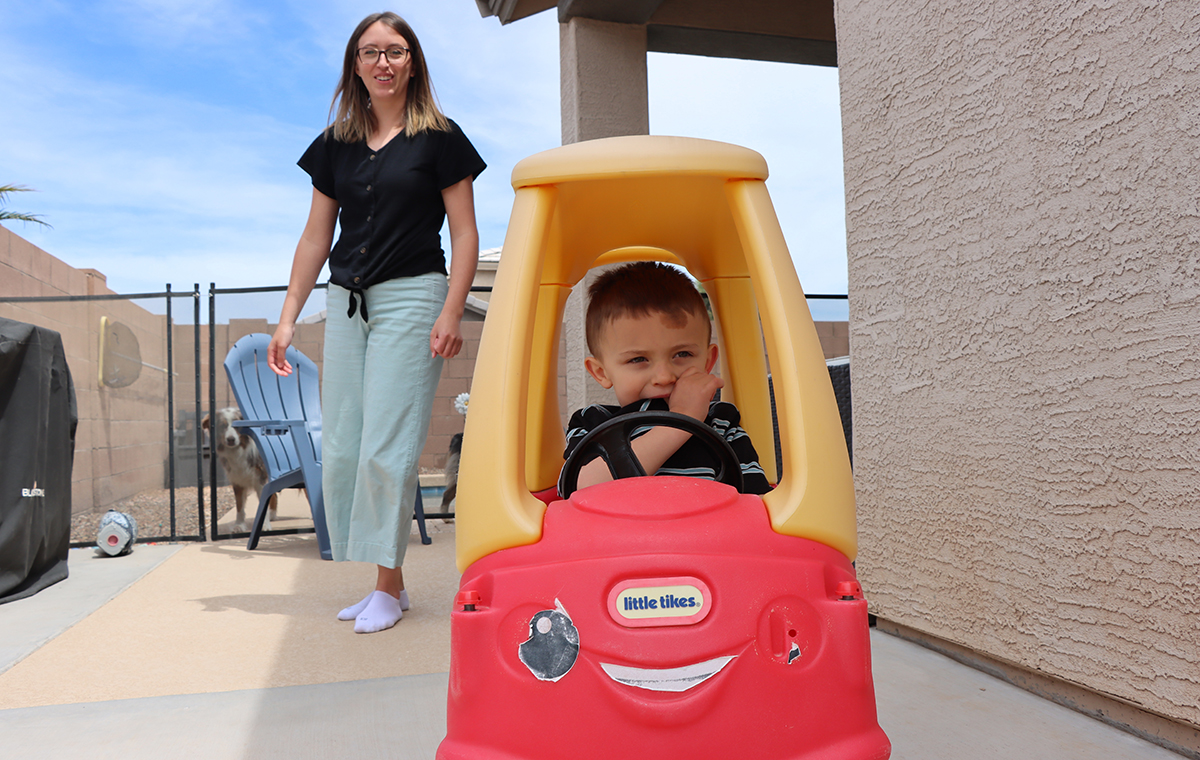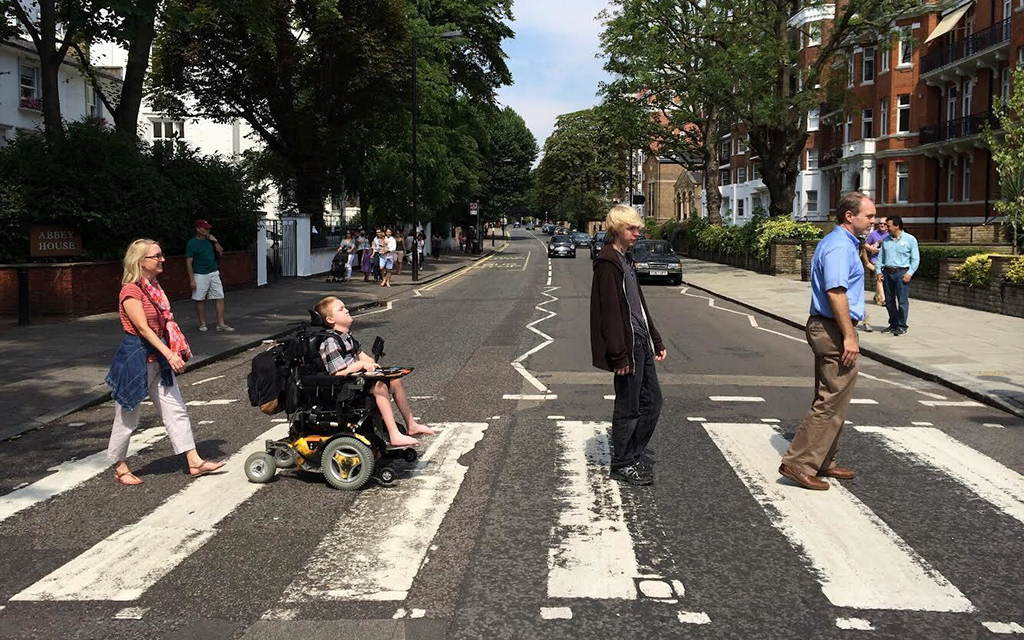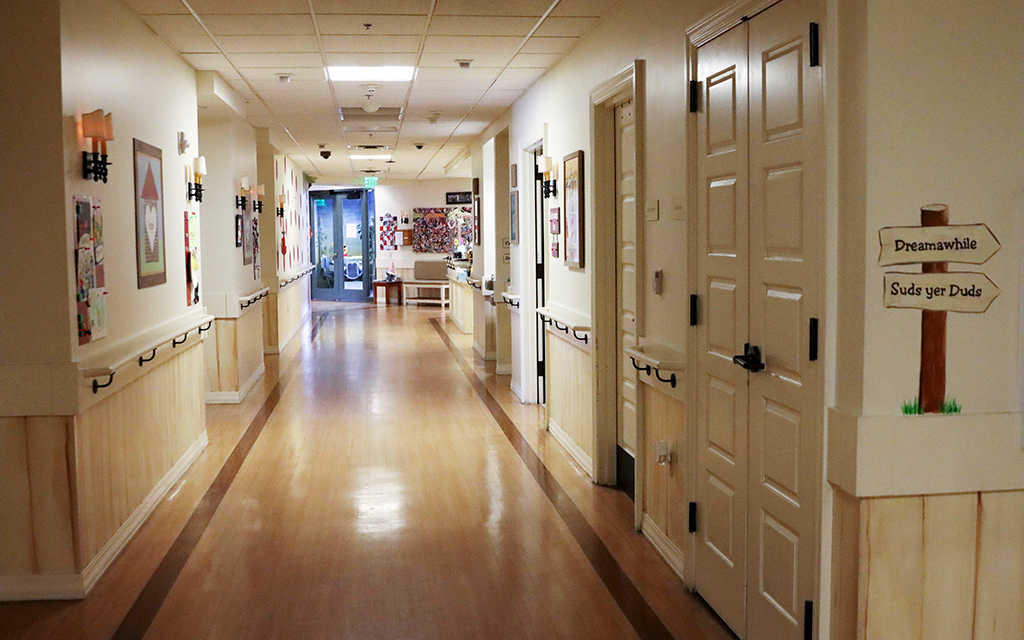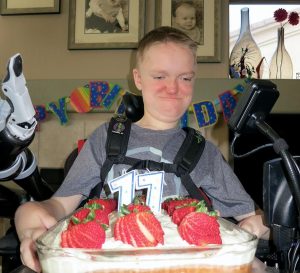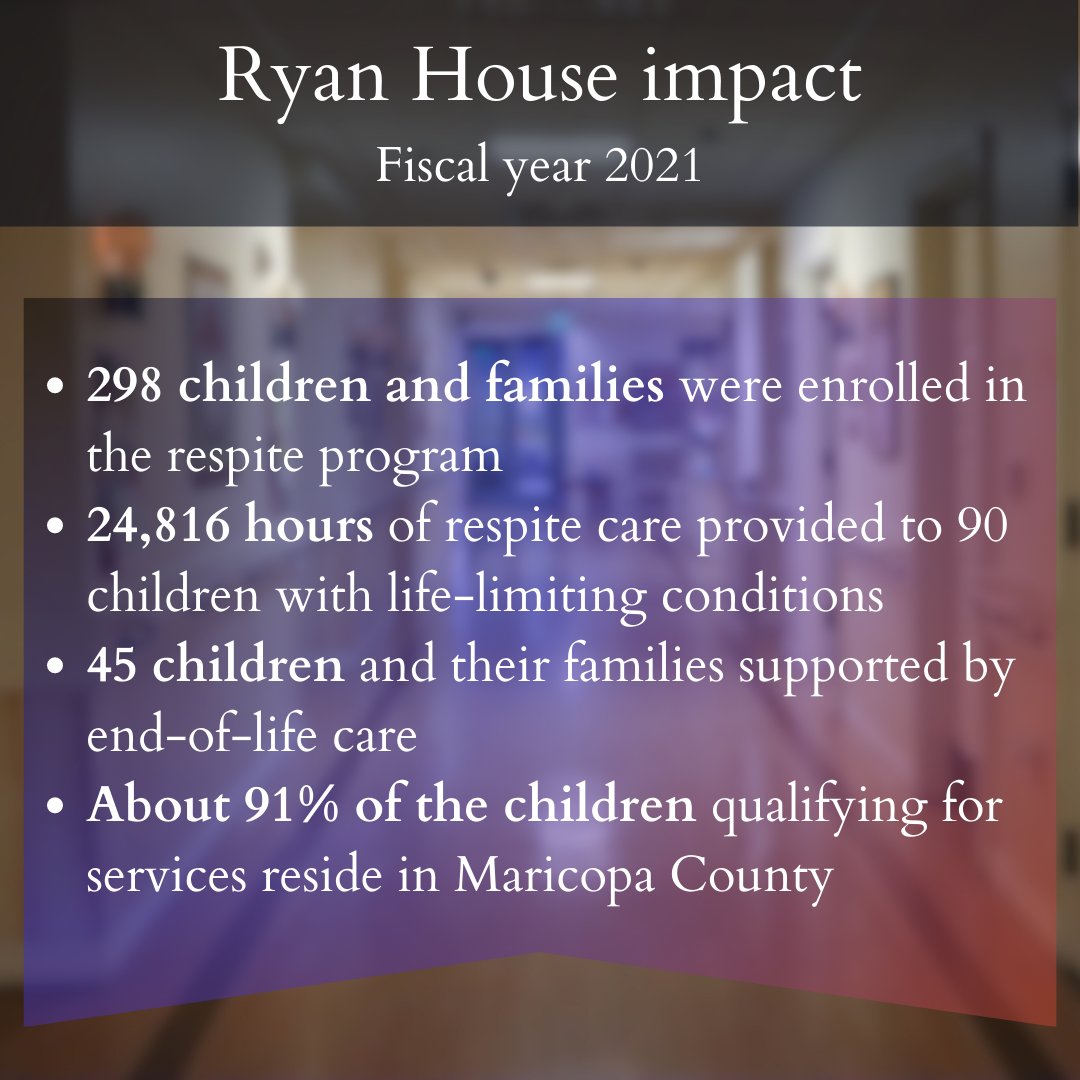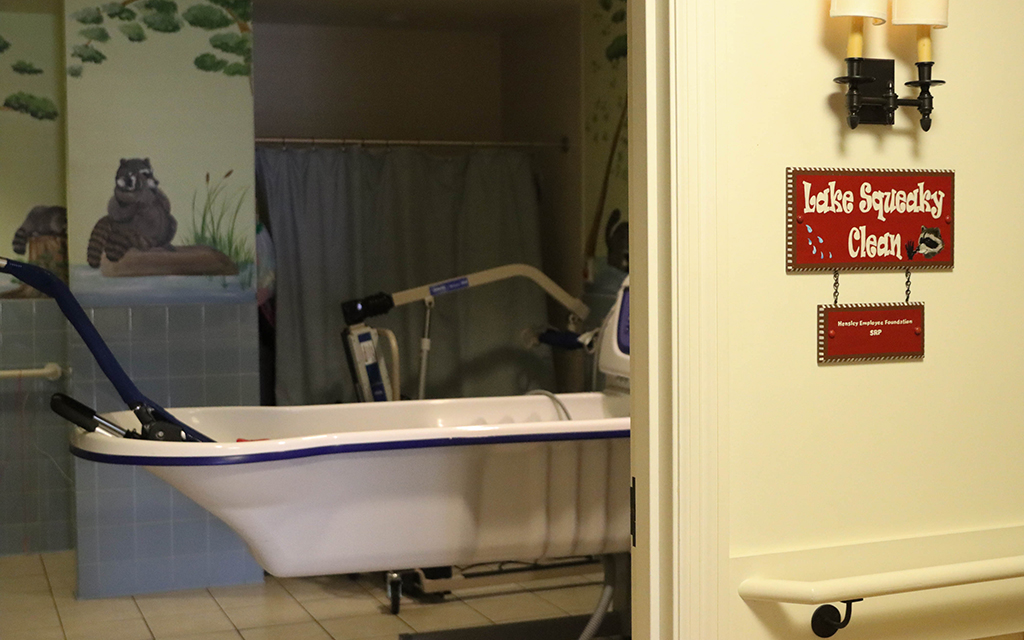Legislation, licensing and limitations
Legislation at the national level will help the organization achieve its goal of meeting the needs of pediatric palliative, respite and hospice care, Cottor said.
Children with medical complexities qualify for Medicare, but each state has its own interpretation of the federal care guidelines. When the Affordable Care Act was passed in 2010, Section 2302, the “Concurrent Care for Children,” was enacted. Concurrent care enables families to get Medicare payment for hospice care without forfeiting the right to payment for other treatment for a child.
While it was progress, there are still limitations for families of children with medical complexities. The Concurrent Care policy provided care to children within the last six months of their life. With advances in medicine, many children are outliving their original predicted life spans, which could prohibit them from receiving concurrent care, Cottor said.
“We have to eliminate the last six months of life clause,” he said. “If we could do that, then people would recognize that we can start offering much more respite care and other curative kinds of care from the moment the child is diagnosed. When that happens, we can start getting appropriate licensing for homes like this and appropriate insurance reimbursement.”

Artwork from a grateful resident at Ryan House. (Photo by Sierra Alvarez/Cronkite News)
Licensing is another factor limiting opportunities for places like Ryan House, Cottor said. Pediatric hospice homes are licensed by their respective state health departments.
Since there are so few of these facilities, there is no current licensing that covers all the needs of the homes. Most licensing is for adult hospice and respite care facilities.
“You’re trying to take a new kind of care model into existing regulations, and everybody agrees it doesn’t really fit,” Cottor said. “The current licensing was written by people from decades ago and mostly with an adult mentality.”
Another reason for the lack of pediatric hospice homes is that they are expensive to operate. In fiscal 2021, Ryan House had operating expenses over $2.8 million, which were mostly funded through donations and some government grants. Staffing and specialized equipment make up a large majority of these costs. For example, a bathtub at Ryan House uses lifts to make it easier for a child with a disability to get in and out of the tub, and a regulator keeps the water at a constant temperature.
Without conversations about licensing, reimbursement for families and fundraising, there will continue to be limited opportunities for these kinds of facilities to open across the country, Cottor said.
“We have to find ways to support the families. Not only with nursing care, but with providing the ability for families to take a break, because more often than not, these children need 24/7 care. That can be emotionally and physically exhausting,” Torkildson said.
